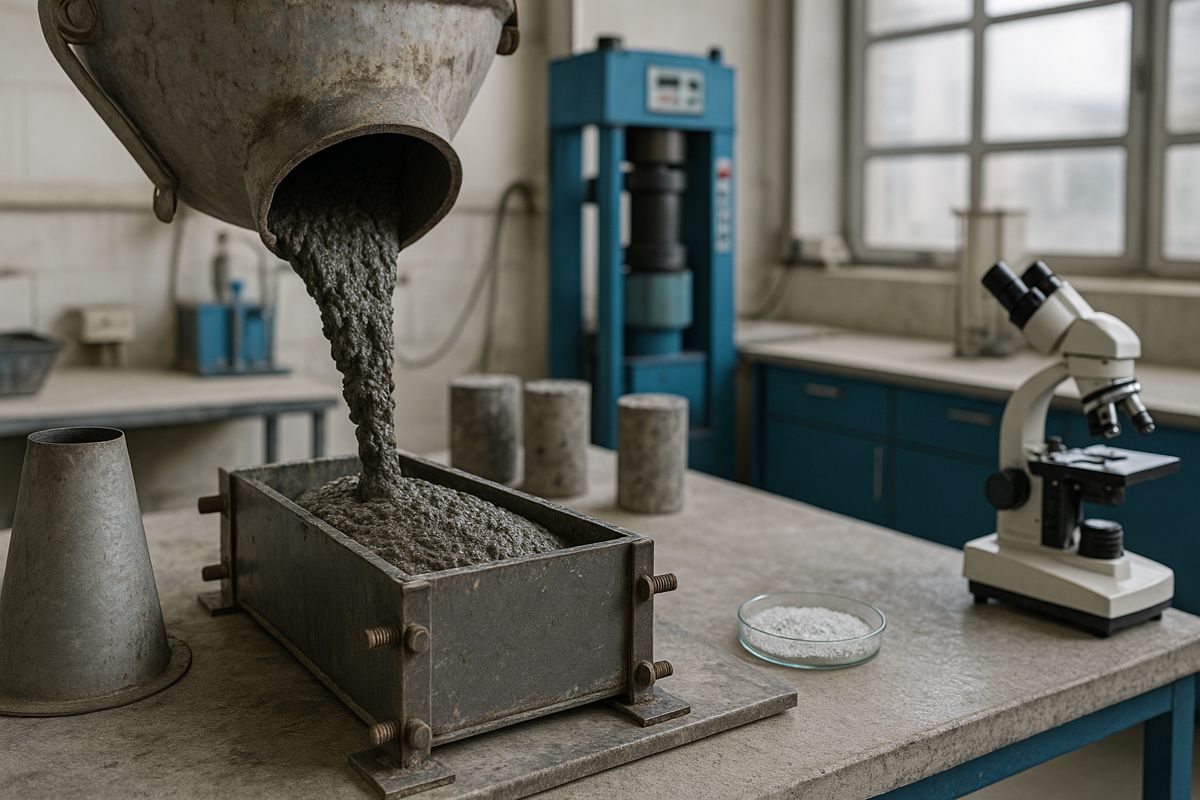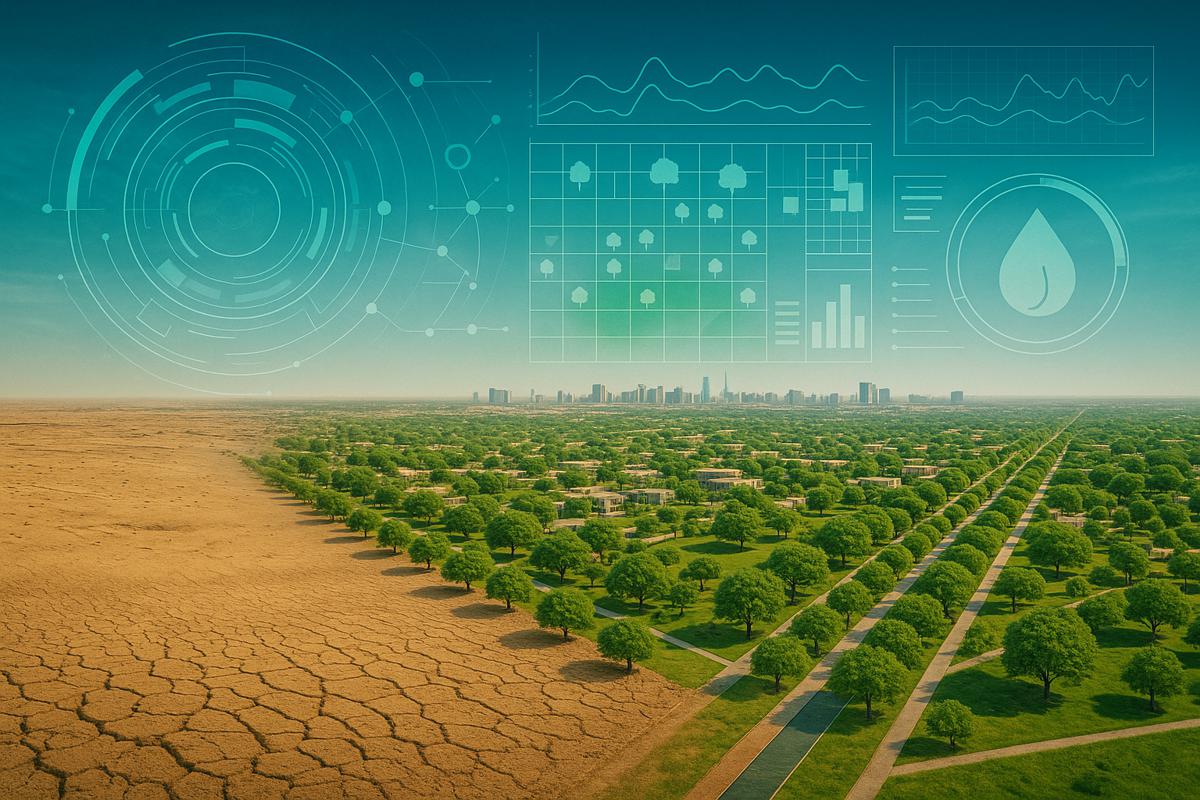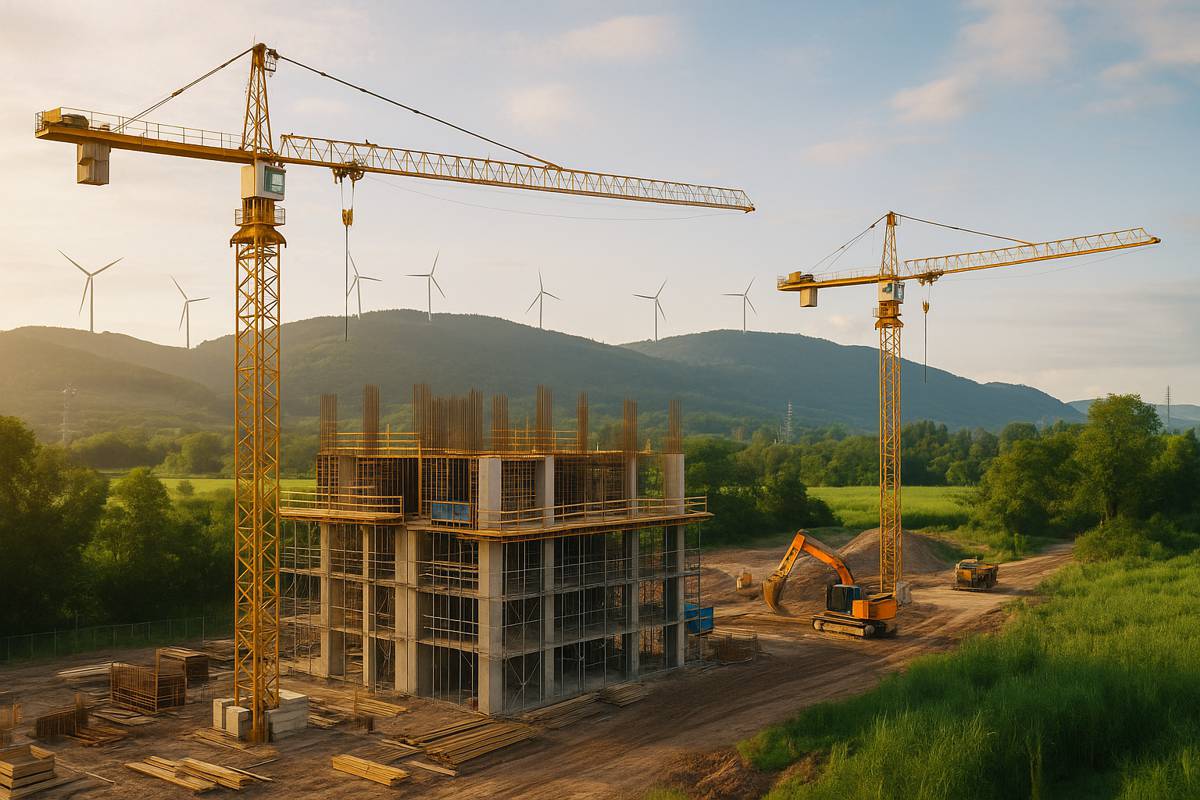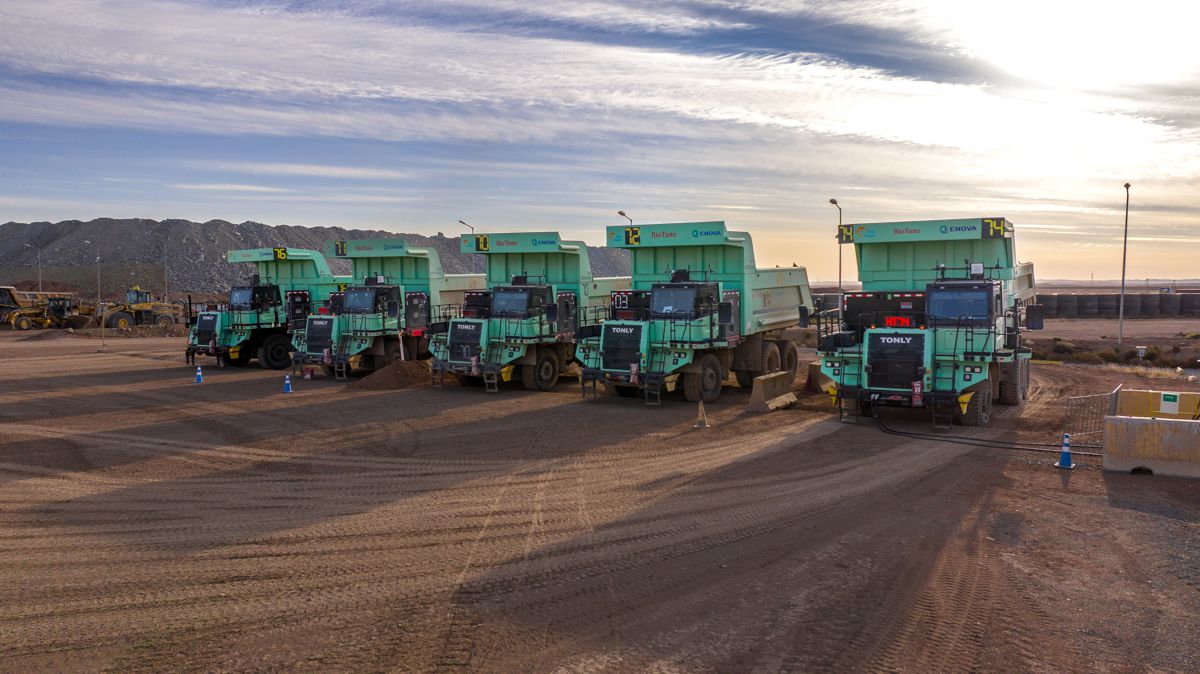Preventing Environmental Damage from Oil Spills
Our environment is sensitive to oil spills and the risk of unwanted oil release is high due to intensive shipping and many types of oil transport.
While large spills can have quite dramatic effects, the continuous impact of various oil products and their content of toxic chemicals is an even more serious problem. Huge oil spills can kill wildlife and threaten protected sites.
Even though an oil spill might not greatly affect a company’s bottom line, the impact of pollution losses can be damaging not only to its reputation but can severely damage the environment where it occurs and the community.
If operators, construction, oil, and gas companies better control their operations and have an oil incident response plan, the pollution risks and environmental damages can be reduced significantly and major disasters can be prevented.

Below, we look at four ways how to prevent environmental damages from unwanted oil spills:
Use Secondary Fuel Containment Systems
We all know how releases at storage facilities for oil and petroleum-related substances can result in a tremendous volume of oil being dispensed into the environment and contaminating the surrounding area.
Having secondary fuel containment systems in place can be an excellent control measure to prevent oils spills from coming into contact with people or wildlife. It is a system that works as a second line of defence for a tank that holds hazardous material.
By installing these types of containment systems, you will have an easier time catching leaked oil, overfilling, or other spills from a primary container like a tank and its pipework.
Before you install this system, make sure you comply with the strict oil storage regulations outlined by the EPA which set minimum requirements to use SCS when storing oil. These systems will not only protect your business but also prevent serious harm to all living organisms if released into the environment.
Identify Hazardous Products
One of the first steps of preventing environmental damages from unwanted oil release is to identify the hazardous products you are working with at your facility. Regardless of the frequency of use, make sure to have a comprehensive list of materials and if there is something potentially hazardous, include it in the list.
To make it easier for you and your employees, draft written standard procedure documents that explain precisely what measures should be taken if an oil spill occurs. In addition, keep in mind that there should be procedure documents for all hazardous chemicals and materials. Your response plan should be comprehensive but also concise and contain step-by-step instructions that everyone can understand and follow if needed.
By educating your employees on standard procedures for oil spills, you’ll ensure that these spills are swiftly and properly contained, rather than having your employees wait for the right person to arrive on the scene.
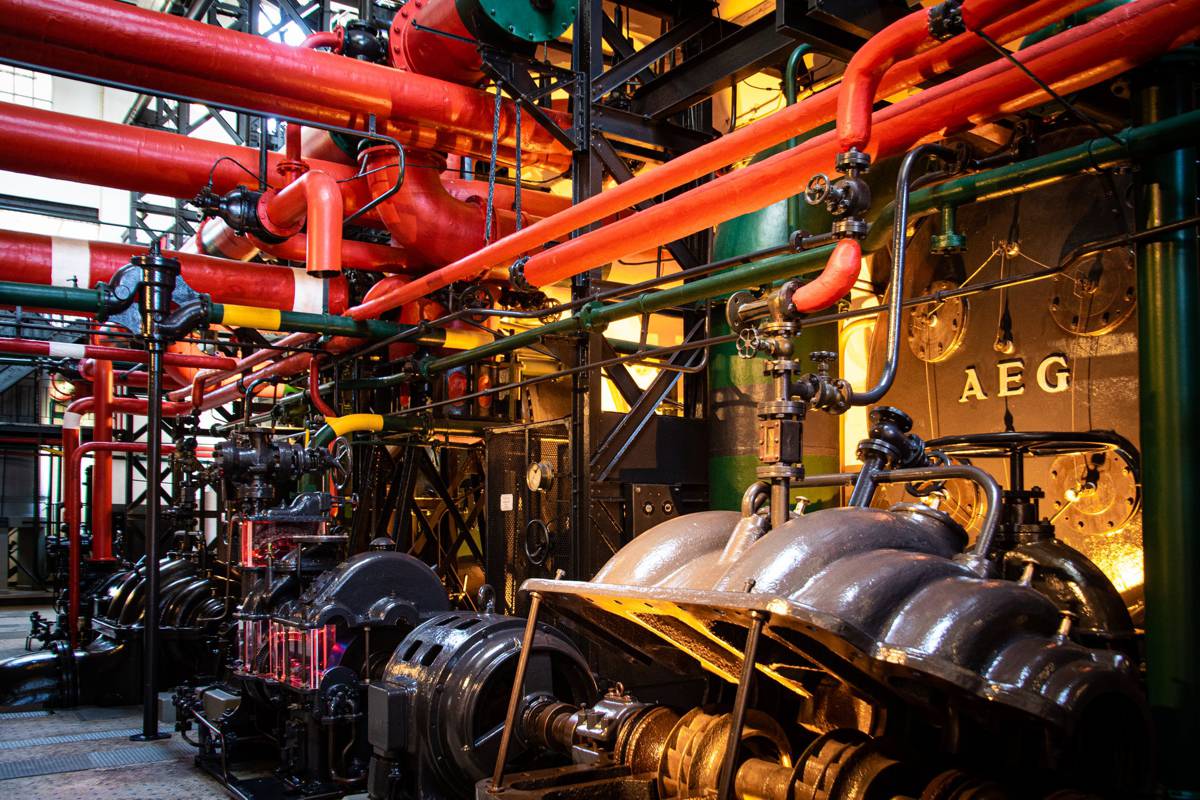
Preventative Maintenance
Investing in maintaining infrastructure will help reduce the chance of a loss occurring. Rather than responding to a scene after the damage has occurred, inspections can allow organizations to identify and repair potentially damaged pipes and other equipment. Companies should proactively check and replace any old pipes to avoid unwanted oil release.
They should also have document policies and procedures in place to make sure that the equipment used is in good working conditions and the plan should account for pipelines, gathering systems, flow lines and other equipment that is specific to the operations performed that might prevent pollution risk.
The storage facilities for oil and petroleum-related substances must be maintained properly to avoid leaks, spills, or other complications. This entails having a qualified expert inspect the facility at least once a month and see if there are any potential problems.
Inspections must be made on offshore platforms, tanker ships, and even on the roof of the storage tanks. See if there are any cracks or holes in the tanks or barrels to prevent contamination or unsafe conditions.
Employees must also wear appropriate protective gear at all times and follow safety rules, guidelines, and messages from their employers.
Handle Oil or Petroleum-Related Substances Cautiously During All Stages of Transport
As we know, oil can contain certain contaminants or other harmful substances if ingested, inhaled, or if it comes in contact with human skin. Therefore, proper containment methods must be used to control spills when oil is transported to storage facilities.
Do not store oil or petroleum-related substances near pesticides, fertilizers, or other hazardous materials as these substances could potentially contaminate groundwater if they come in contact.
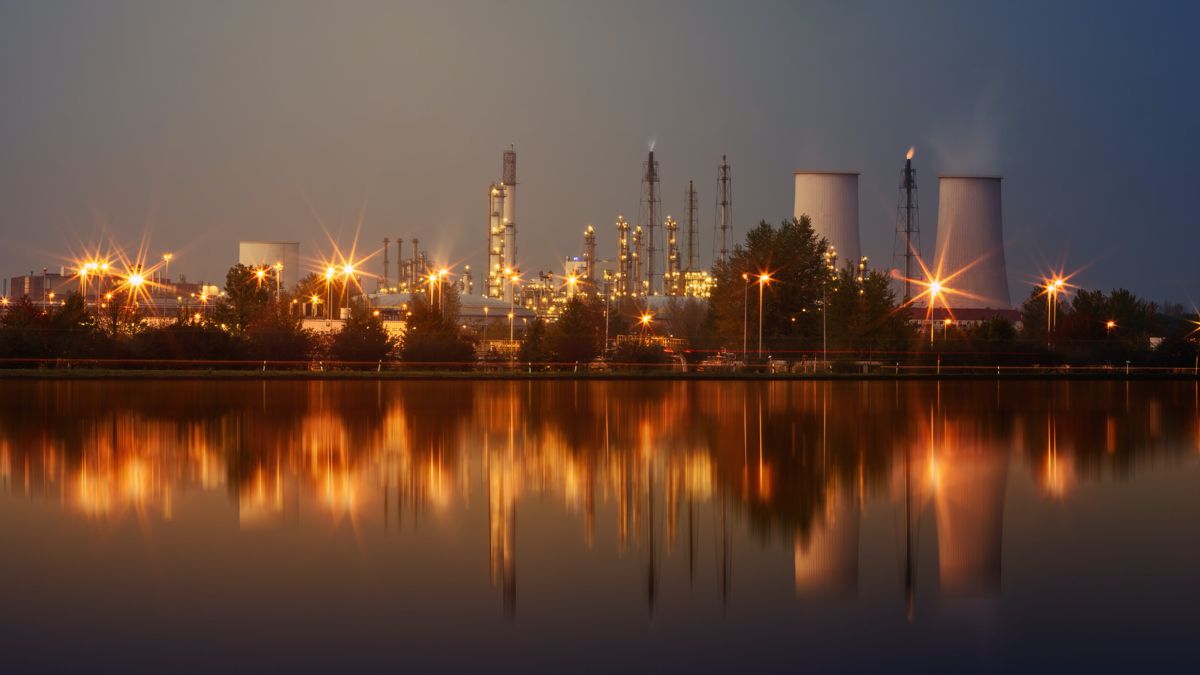
Final Thoughts
As long as safety measures and appropriate containment methods are practiced correctly, one can prevent risks of unwanted oil release and reduce costs of clean-ups, but most importantly prevent unwanted damage to the environment and ecosystems.












